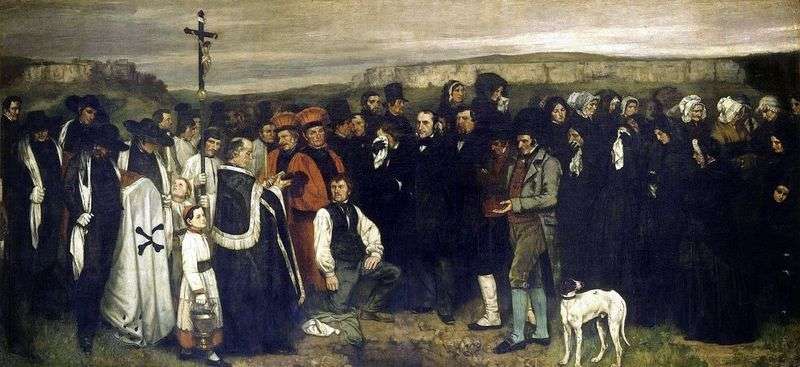
Courbet began painting in 1849, in a cramped attic in Ornan. The work of the artist caused a stir among the local society that fell into its heroes – it was attended by many inhabitants of these places: from the mayor and the magistrate to the relatives and friends of Courbet.
But this turmoil and could not compare with the controversy that flared up after the canvas was exhibited in the Salon. Puzzling and misunderstanding caused by its size. It was agreed that ordinary rural funerals should not be the subject of such a large-scale work.
One of the critics wrote: “The funeral of a peasant can move us… But we should not localize this event so much.” However, it was precisely such a “localization” that was extremely important for realists. Courbet created a modern, easily recognizable image, capturing people’s canvas and the realities of their time. In addition, he focused on the very process of a person’s funeral, and not on his deeds or on the posthumous fate of his soul. At the same time, the identity of the deceased remains anonymous, turning into a collective image of death. This makes the picture a modernized version of the very popular in the Middle Ages story, known as the Dance of Death.
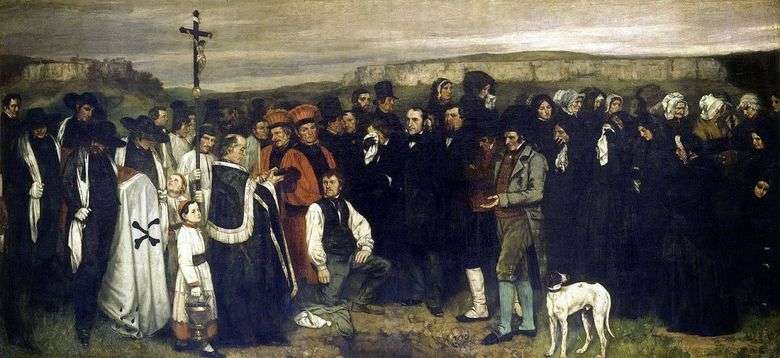 Funeral en Ornan – Gustave Courbet
Funeral en Ornan – Gustave Courbet Woman with a parrot by Gustave Courbet
Woman with a parrot by Gustave Courbet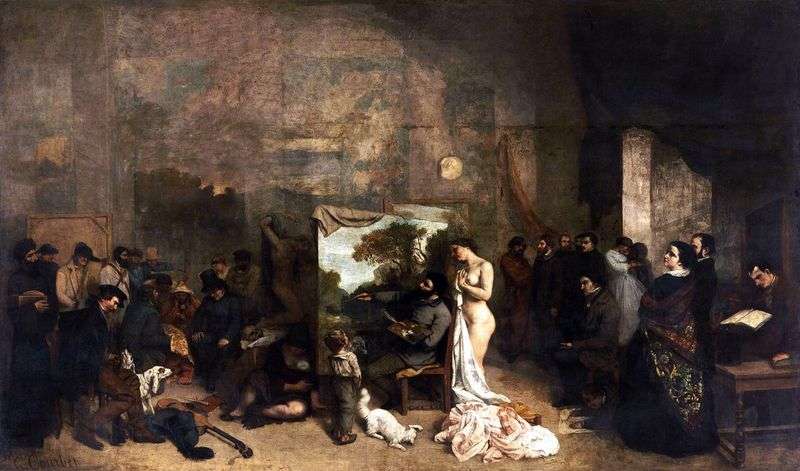 Artist’s Workshop by Gustave Courbet
Artist’s Workshop by Gustave Courbet Nu by Gustave Courbet
Nu by Gustave Courbet Scenes of hunting by Jean Desire Gustave Courbet
Scenes of hunting by Jean Desire Gustave Courbet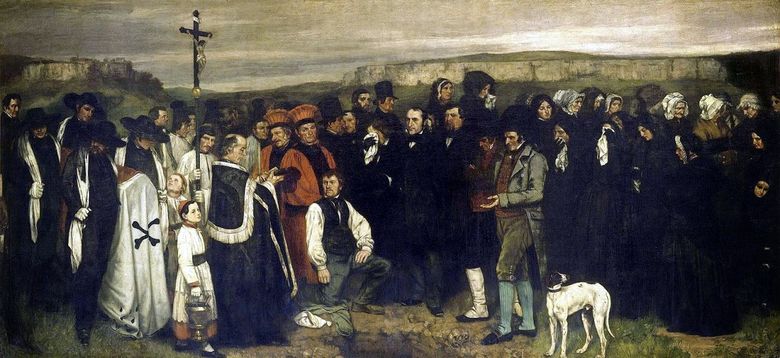 Funérailles d’Ornans – Gustave Courbet
Funérailles d’Ornans – Gustave Courbet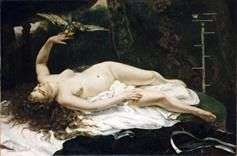 Mujer con un loro – Gustave Courbet
Mujer con un loro – Gustave Courbet Veilschitsy by Gustave Courbet
Veilschitsy by Gustave Courbet